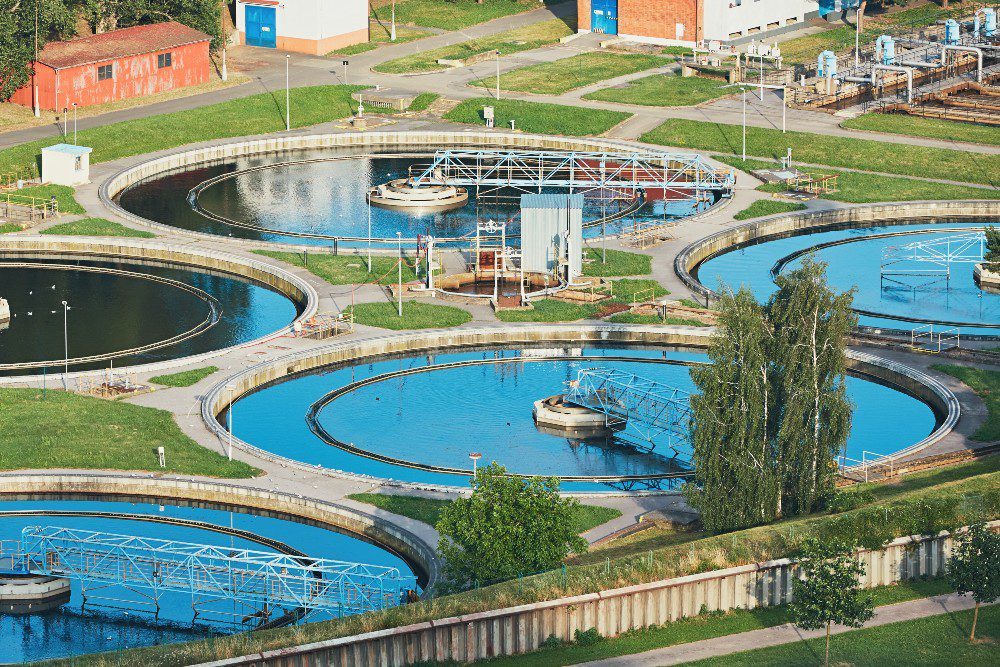Common Challenges for Plant Managers
In order to drive production and operational efficiency, plant managers must work to actively develop and implement strategies designed for success. Plant management is certainly a balancing act, requiring leaders to juggle a myriad of responsibilities on a daily basis.
From decreasing downtime to providing safe working conditions for employees, here are the most common challenges plant managers face and ways you can overcome them to reduce costs and improve the overall efficiency of your plant.
Maintaining Equipment and Plant Assets
As equipment and machinery age, efficiency begins to decline, causing bottom-line revenue loss due to repair and replacement costs. When equipment isn’t proactively maintained, breakdowns will occur more frequently and worker safety is put in jeopardy.
Rather than being reactive and only addressing maintenance needs once tangible issues develop, having a proactive mindset will help reduce unplanned downtime, decrease costs, and ensure your plant is performing at an optimal level.
An effective way to monitor the integrity and performance of your plant’s equipment is to utilize technology. From smart sensors to robots, leveraging data and predictive analytics can provide valuable insight on maintenance needs and pinpoint issues before they spiral into larger costly problems. In a similar vein, performing regular inspections of equipment can be instrumental in detecting and rectifying damaged or faulty assets in a timely and cost-effective manner.
Reducing Downtime
Forbes recently shared, “Unplanned downtime in manufacturing is one of the largest causes of lost productivity, causing delays, unhappy customers and lost revenue. In fact, the problem costs industrial manufacturers an estimated $50 billion each year, according to recent studies.”
Downtime can stem from several challenges, including equipment failure, human error, product contamination, and power outages. Implementing a preventative maintenance schedule is a key tactic for decreasing downtime.
A Senseeye study analyzed the impact of unplanned downtime and machine failure on Fortune Global 500 (FG500) manufacturing and industrial firms. For the oil and gas industry alone, their findings were staggering: “Shutdowns in the Oil & Gas sector cost each facility $220,000 per hour — amounting to $84 million per facility each year. In refineries alone, losses to FG500 companies cost an estimated $47 billion from 213,000 downtime hours each year.”
Prioritizing initiatives aimed at reducing downtime will be a complete game-changer for your plant. In addition to proactive and preventative maintenance, using robotic systems and technology, where possible, can help decrease downtime caused by human error.
Robots can handle repetitive tasks — protecting workers from injury — and safely interact with hazardous materials and chemicals. For instance, robotic tank cleaning technology can perform continuous shifts without downtime, decrease product contamination, and reduce costs by approximately 20% on average.
Employee Safety 
From power plants to oil refineries, industrial settings are replete with job-related hazards. Injuries and illnesses in these environments are often caused by machine-related accidents, overexertion, exposure to harmful substances, and slip and falls.
To strengthen workplace safety, it’s imperative to regularly revisit and assess your safety guidelines and procedures. Identify gaps and work to effectively eliminate risks. According to the publication Plant Engineering, this could include “anything from protecting employees from falls while working at heights above four feet or traveling up and over equipment, to ergonomics and potential repetitive motion injuries, as well as exposure to harmful chemicals or extreme temperatures.”
Evaluate past data to look for patterns or common causes of accidents and injuries. Delving into this information will provide the insight needed to increase safety measures where applicable and introduce new procedures aimed at reducing future incidents.
Utilize robotics technology where possible to help lift heavy objects, perform repetitive tasks, and safeguard employee well-being from working in hazardous settings. Confined space entry, for example, poses health and safety risks for employees during tank cleaning procedures. Replacing traditional methods with robotic tank cleaning is an effective solution for keeping your crew out of harm’s way.
It’s important to also establish a culture rooted in safety — one that gets buy-in from employees. Consider incentivizing good safety practices. For instance, visually displaying the number of days without incident is a powerful way to boost morale, keep staff engaged, and encourage everyone to work toward a shared goal.
Similarly, invest in safety resources, like employee training and personal protection equipment. These measures will communicate to your staff that their well-being is valued and, in turn, you’ll see a corresponding uptick in productivity. After all, employees want to work for plant managers that prioritize their best interests and ensure they have the resources needed to work safely.
Lastly, it’s important that as the plant manager, you establish a chain of command and delegate safety-related responsibilities to the appropriate personnel. By doing so, you’ll get a robust picture of what’s working and what can be improved upon to strengthen safety measures. Make sure you exercise transparency so employees have a clear understanding of who to report to and what the proper protocols are. Communication is the key to ensuring everyone is on the same page and holding each other accountable for following safety procedures.
Constant Evolving Regulations
As political administrations change, so do laws and regulations surrounding emissions, hazardous wastes, permits and licenses, health and safety, and more. In recent years, regulations have become more strict in an effort to drive more eco-friendly practices. Get in the habit of staying abreast of the latest updates by checking national and state websites. Technology is also an effective way to meet evolving demands and restrictions. For instance, you can implement technology designed to track, manage, and reduce waste to ensure your facility is adhering to regulatory requirements.
Overcome Your Plant Hurdles
As new challenges arise for plant managers, so do innovative solutions for overcoming them. Tackling these common challenges is an imperative part of your role as a plant manager, and will ultimately help drive efficiency and improve plant performance.
Want more valuable insights? Learn more about how to decrease workplace risks at your plant.





